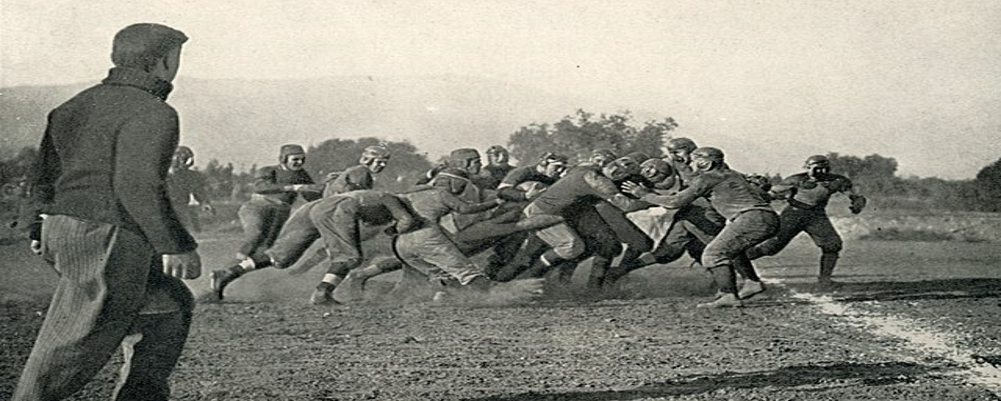This series of posts will delve into the key developments that shaped professional American football during the 1930s and early 1940s. From adjustments to passing rules and the refinement of blocking techniques to the increasing sophistication of coaching and player specialization, this era marked a significant departure from the game's early days. We will examine how these changes contributed to a more dynamic and engaging spectator experience, fostering a growing national fanbase.
Discover the stories behind the league's expansion and the fierce rivalries that began to take hold. We will analyze the evolving tactical approaches that teams employed to gain an edge, showcasing the ingenuity and strategic thinking that characterized this period of modernization. Join us as we uncover the foundational elements that propelled American football into a new era of excitement and widespread appeal, setting the stage for its future dominance in the sporting landscape.
The 1931-1940 era in American football was a fascinating decade marked by stability and significant change. Here's a brief overview:
Gridiron Evolution:
The Golden Age of the Single Wing:
This innovative run-heavy offense dominated the early part of the decade, led by legendary coaches like Knute Rockne and teams like Notre Dame and Alabama.
Rise of the Forward Pass:
As defenses adapted, offensive minds like Art Rooney with the Pittsburgh Steelers perfected the forward pass, paving the way for a more open and aerial game.
Birth of the T-Formation:
By the late 1930s, the versatile T-formation began to emerge, offering a balanced attack that would become the foundation of modern offensive schemes.League Landscape:
[-b]The NFL's Reign:[/b] The National Football League (NFL) solidified its position as the top professional league, expanding to 10 teams by 1940. However, rival leagues like the American Football League (AFL) briefly challenged its dominance before folding.
Labor Strife:
Players began to organize for better pay and working conditions, leading to the formation of the short-lived American Football Players Association (AFPA) in 1946.College Football Boom: Colleges like USC and Oklahoma dominated the national scene, with iconic figures like Heisman Trophy winners like Jay Berwanger and Byron White capturing the public's imagination.
Beyond the Field:
Impact of the Great Depression:
The decade was marked by economic hardship, but football provided a welcome escape and a source of national pride.
Radio's Rise:
Radio broadcasts like "The Lone Ranger" brought the game to fans across the country, further boosting its popularity.
Early Roots of Racial Integration:
While still largely segregated, the decade saw early inklings of change, with players like Kenny Washington paving the way for future integration in the NFL.In conclusion, the 1931-1940 era was a pivotal decade in American football, laying the groundwork for the sport's explosive growth in the postwar years. From offensive innovations to league rivalries and the increasing popularity of the game, this period left an indelible mark on the gridiron.



